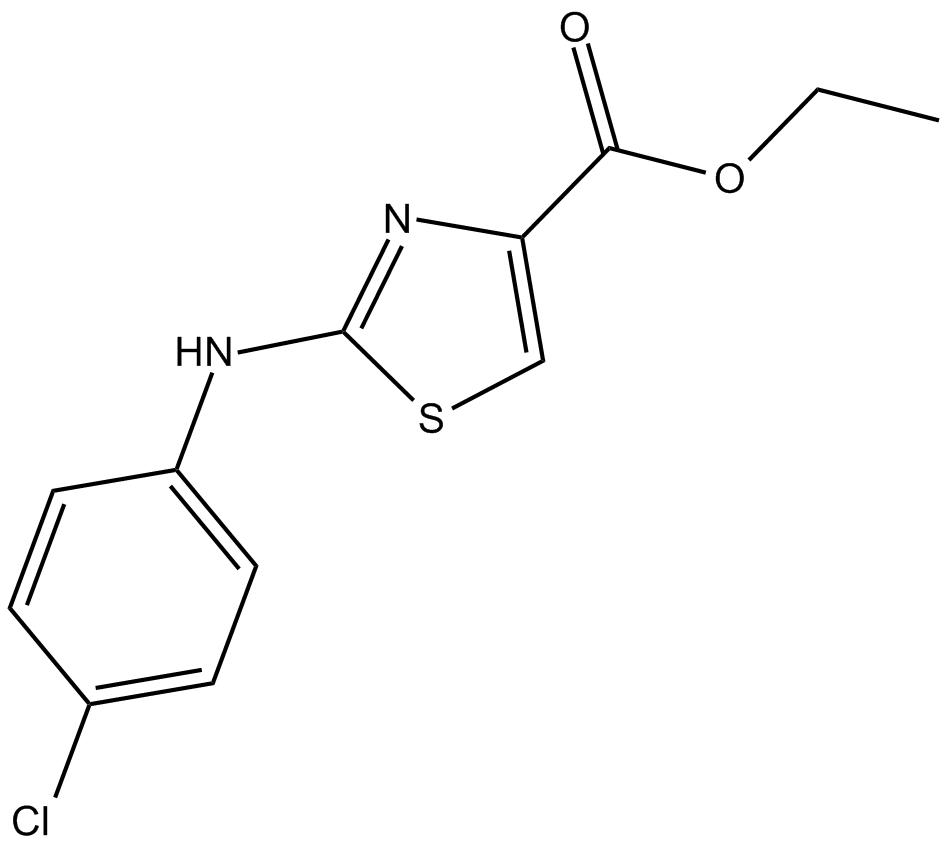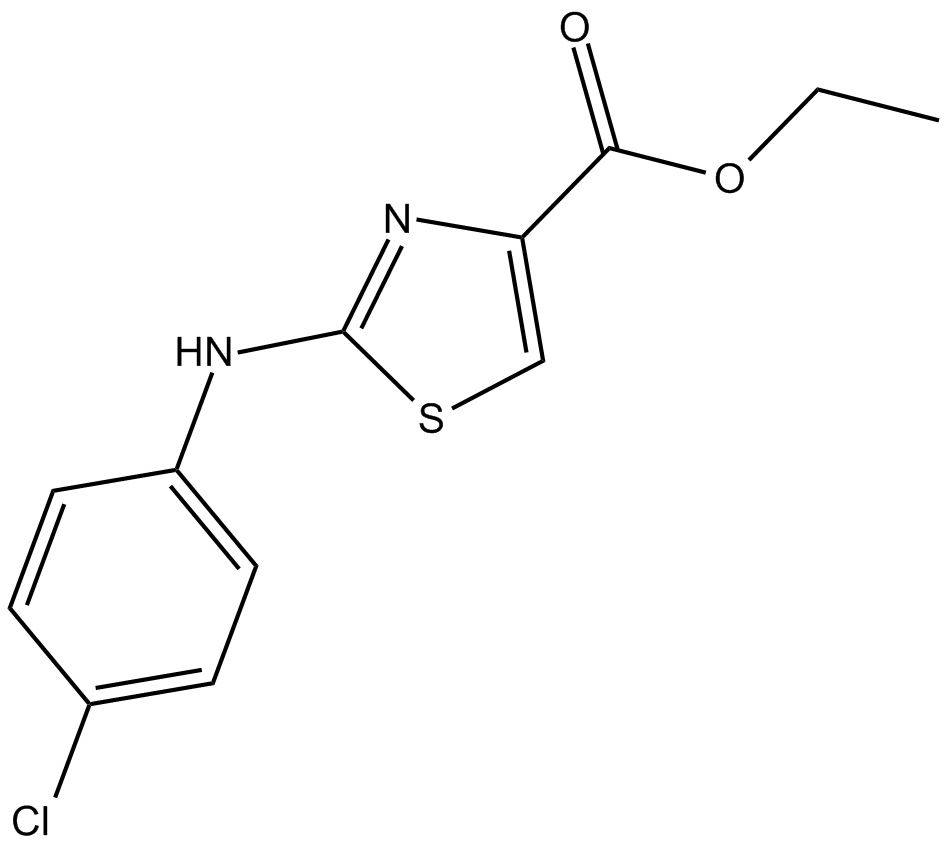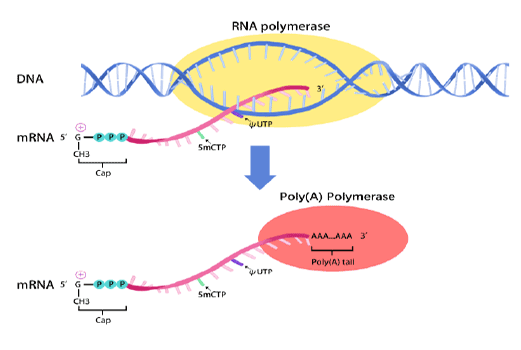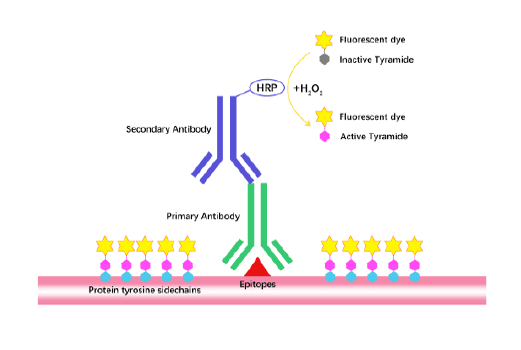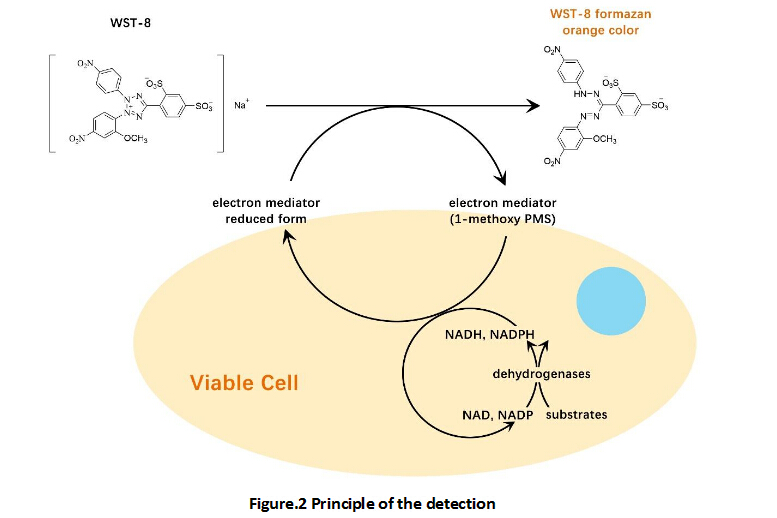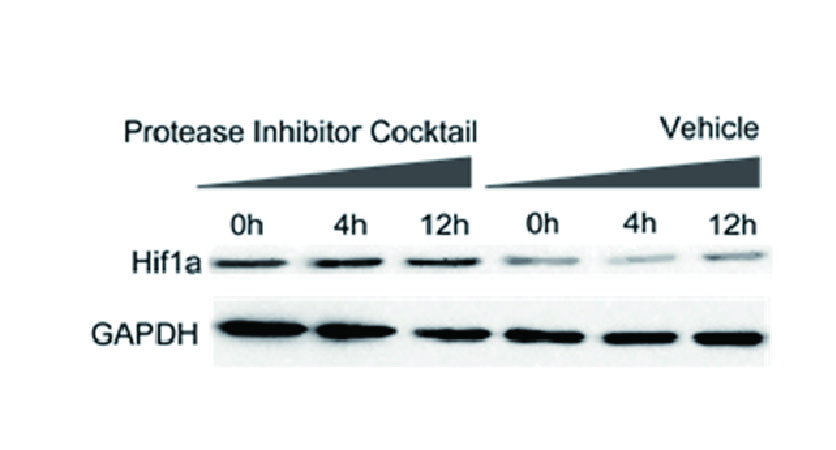O4I2
Target: Oct3; Oct4
IC50: N/A
O4I2, a potent Oct3/4 inducer, is suitable for iPSC generation [1]. The octamer-binding transcription factor 4 (Oct3/4), a member of the POU family of transcription factors, is expressed specifically in pluripotent cells such as induced pluripotent stem cells (iPSCs) and embryonic stem cells (ESCs). Oct3/4 plays a critical role in regulation of the cellular pluripotency core network. The loss-of-function mutation or suppression of Oct3/4 in embryonic stem cells (ESCs) leads to differentiation of ESCs into trophoblast and loss of pluripotency, whereas gain-of-function or forced overexpression Oct3/4, can reprogram somatic cells back into pluripotent stem cells (iPSCs) [1].
In vitro: O4I2 (5, 10, and 20 μM) dose-dependently activated Oct3/4 expression in HEK293 cells, embryonal NCCIT cells, and also in Oct-deficient HeLa cells [1]. In addition, O4I2 (10, and 20 μM) activated Oct3/4 on the transcriptional and translational level in human neonatal foreskin fibroblasts (HFFs), and promoted pluripotency-associated genes (Nanog and Lin28) expression [1].
In vivo: N/A
Reference:
1. Cheng X, Yoshida H, Raoofi D, Saleh S, Alborzinia H, Wenke F, et al. Ethyl 2-((4-Chlorophenyl)amino)thiazole-4-carboxylate and Derivatives Are Potent Inducers of Oct3/4. J Med Chem. 2015;58(15):5742-50.
| Physical Appearance | A solid |
| Storage | Store at -20°C |
| M.Wt | 282.75 |
| Cas No. | 165682-93-9 |
| Formula | C12H11ClN2O2S |
| Solubility | ≥28.3 mg/mL in DMSO; insoluble in H2O; ≥20 mg/mL in EtOH |
| Chemical Name | ethyl 2-((4-chlorophenyl)amino)thiazole-4-carboxylate |
| SDF | Download SDF |
| Canonical SMILES | CCOC(C1=CSC(NC2=CC=C(Cl)C=C2)=N1)=O |
| Shipping Condition | Small Molecules with Blue Ice, Modified Nucleotides with Dry Ice. |
| General tips | We do not recommend long-term storage for the solution, please use it up soon. |
Quality Control & MSDS
- View current batch:
Chemical structure
